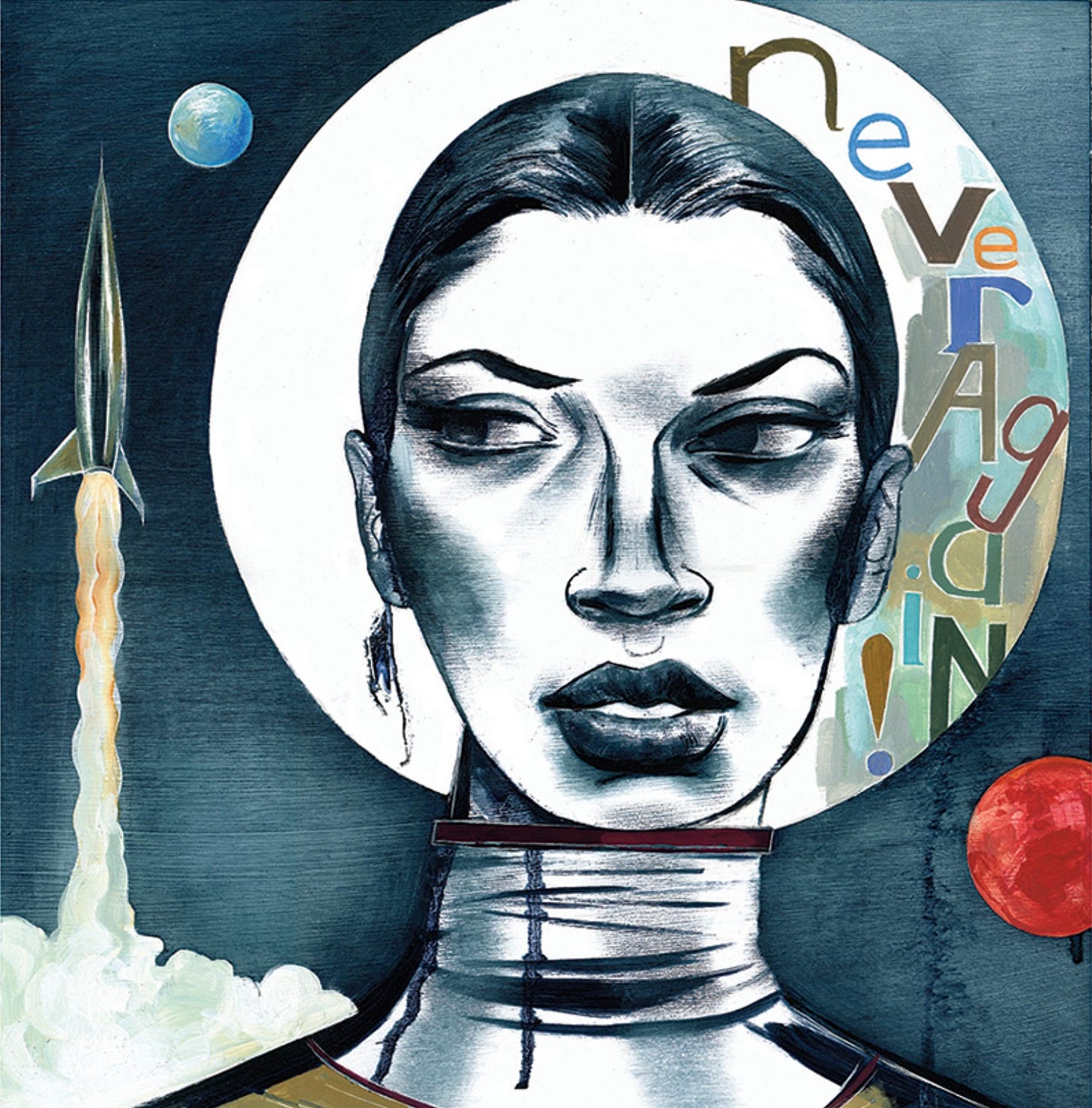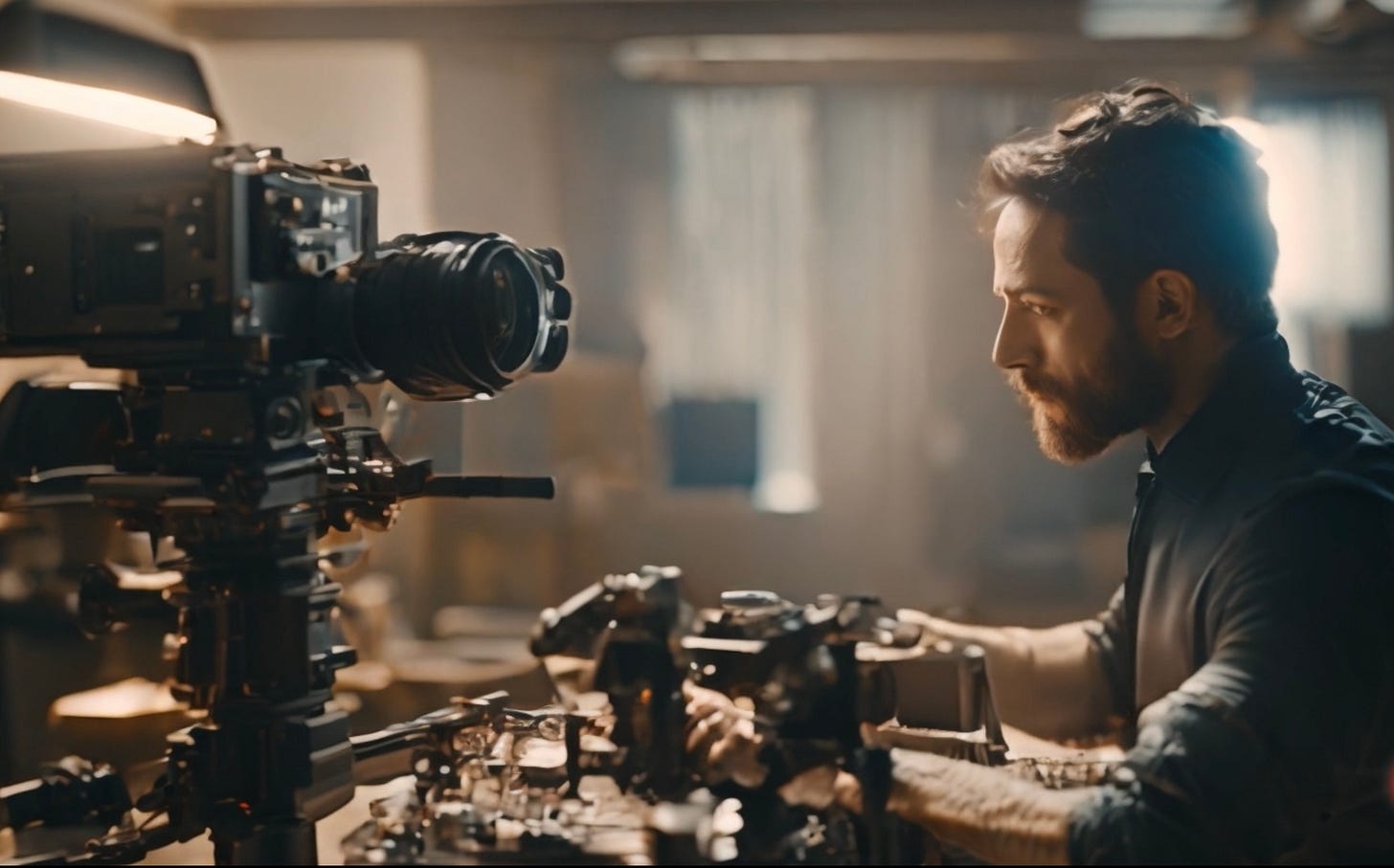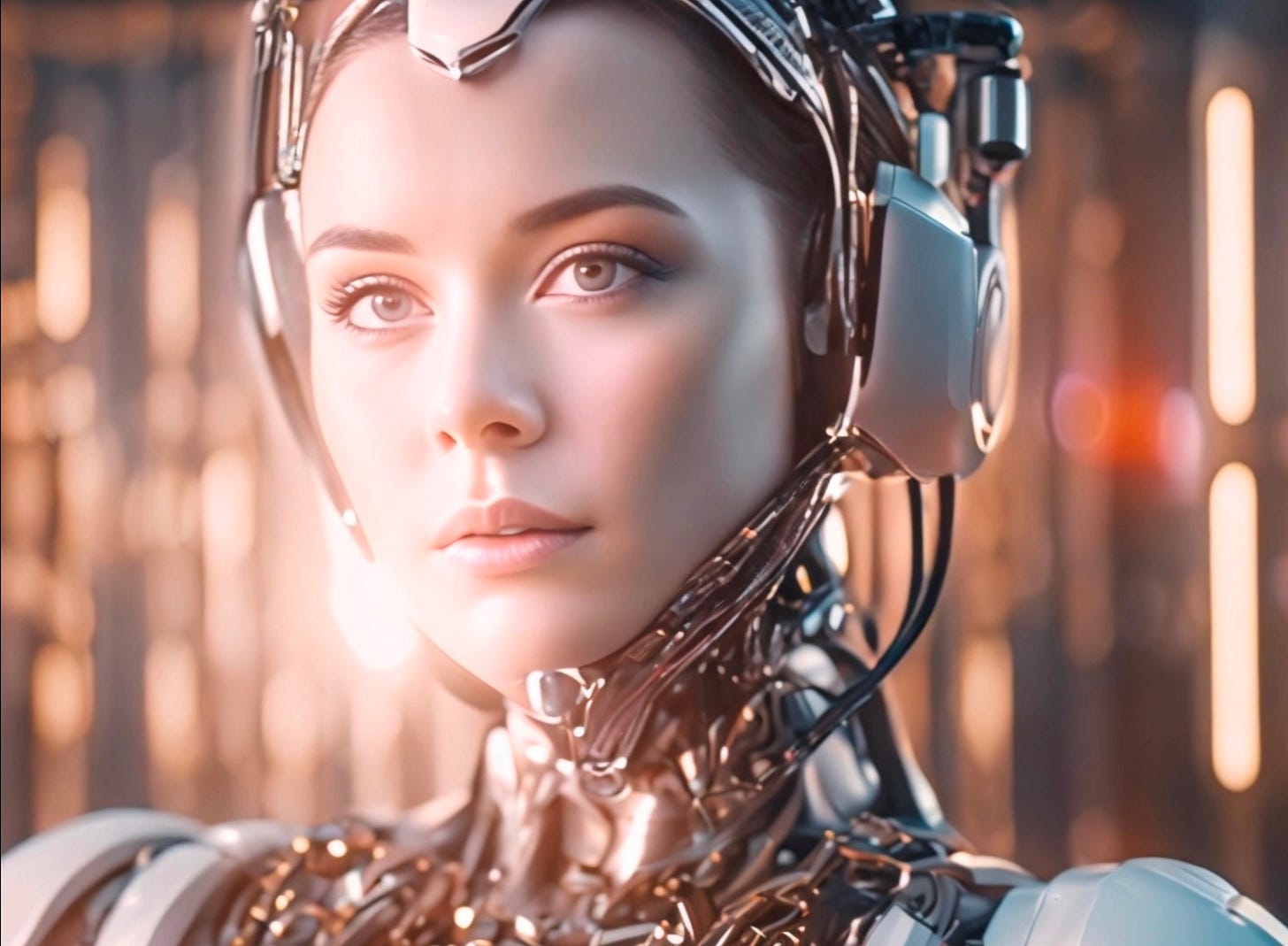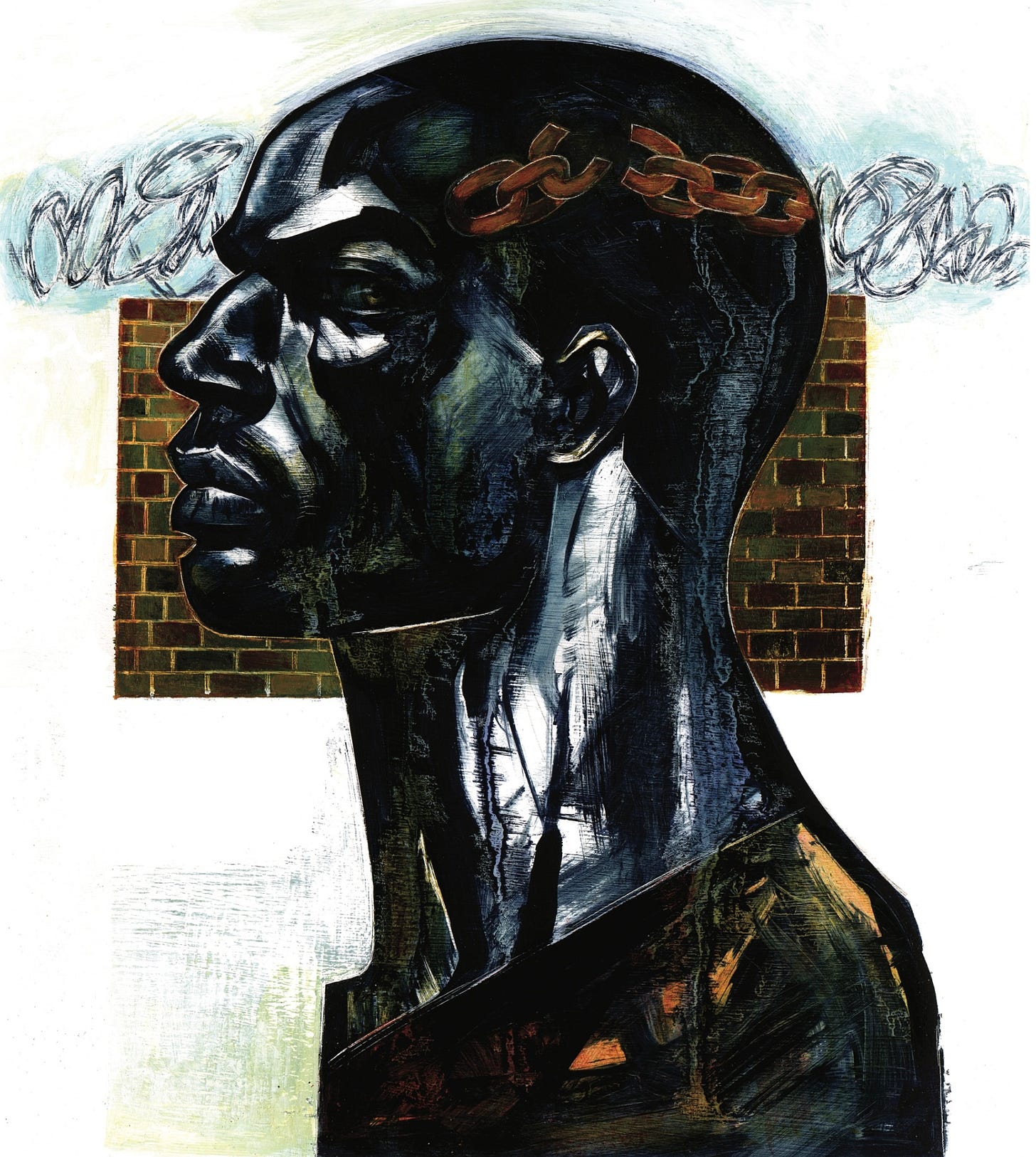A colleague shared an article about a new A.I. certificate program at Ringling College of Art and Design. I was curious to see how an Art College was situating courses in a technology that includes artificial generative art. Oh the wonderful slippery slope of words and their knife edges as we talk about technology. It is becoming clear that we have a complete disconnect about ‘thinking’ when it comes to words and pictures—-but more on that later.
The Artificial Intelligence Undergraduate Certificate offers course learning outcomes, the first; “Demonstrate foundational knowledge in artificial intelligence and machine learning principles, understanding their application in creative contexts.” Foundational knowledge and principles in an algorithmic diffusion model of creating visual proximities that rely on a massive stolen dataset of images that needs warehouses full of processing power? Tools that by their very nature are controlled by huge platforms that have mined all of us for profit and offer us distraction, dissension and distrust?
In a recent post from Scott Galloway (Professor of Marketing at NYU Stern School of Business) he passes the mic to Greg Shove, the CEO of Section to talk about A.I. as a thought partner. Shove first shares Sequoia Capitals David Cahn’s perspective on the A.I. bubble—-the tiny little issue of the 600 billion cost of the technology vs the 40 billion in revenue generated. The environmental cost factor is another metric not to be ignored. I have a great cost saving idea for Silicon Valley—scrap all of your text to image generators
Genfake art is not NEW. The A.I. is fed everything we did not everything we are about to do. It is not scraping our imagination, it is zombie nostalgia —-so stop calling it the future of creative images or new innovative technological advances. It offers us no insight into the path forward only offers us the road behind us torn up and strewn in front of us as a sad pastiche of a way forward. What about art history and the legacy of art that we research and draw from, isn’t A.I. just providing another vein of inspiration? There is no deep vein in A.I., it is bloodless, drained of the key aspects that animate the visual. It is a product, not a tool. Artistic influences and history filtered through the unique perspective of a creative person—the nuance and unpredictable quality of inspiration and imagination offers us real value to learn from. Stop the bullshit. The war we are fighting is really about words. We need to pull ‘future’ out of A.I. platforms mouths and claim it as the realm of human led innovation and art.
Back to Greg Shove, he advocates for the use of A.I. as a thought partner. He describes using Large Language Models to ‘gut check decisions’. This makes perfect sense because LLM’s parallel the cognitive use of writing and words—-they are the same abstracts of information delivery. Images don’t work this way. But, even in a recent meeting with artists I am told that art students need to learn A.I. or they will be left behind. This is professional bias, and amnesia—-we forget how we learned to do the things we can do. Students are not professionals and don’t make the informed choices that a professional can and will make. Genfake art is not optimized for expanding creativity it is a consumer based product aimed at the lowest common denominator. (remember the price tag—only large adoption will pay the price of admission)
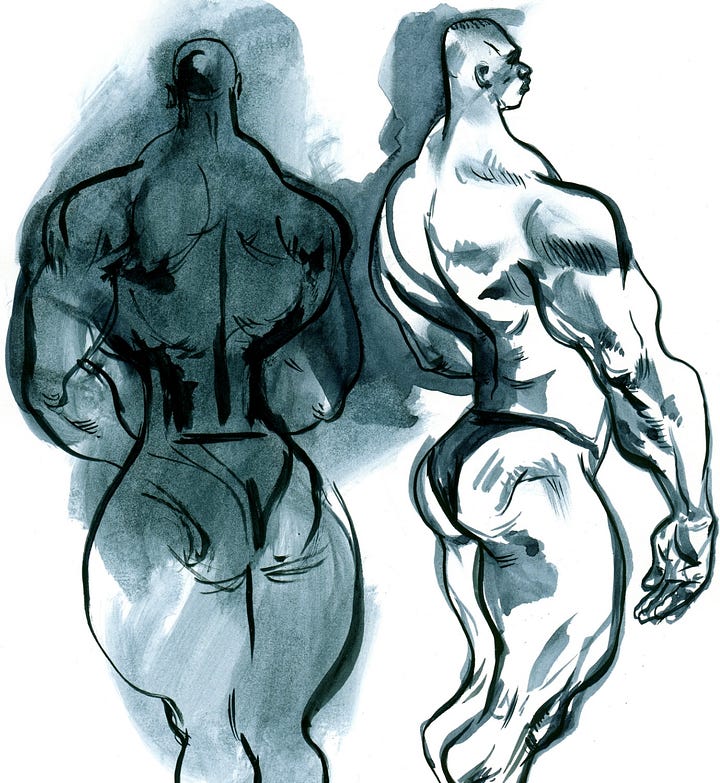
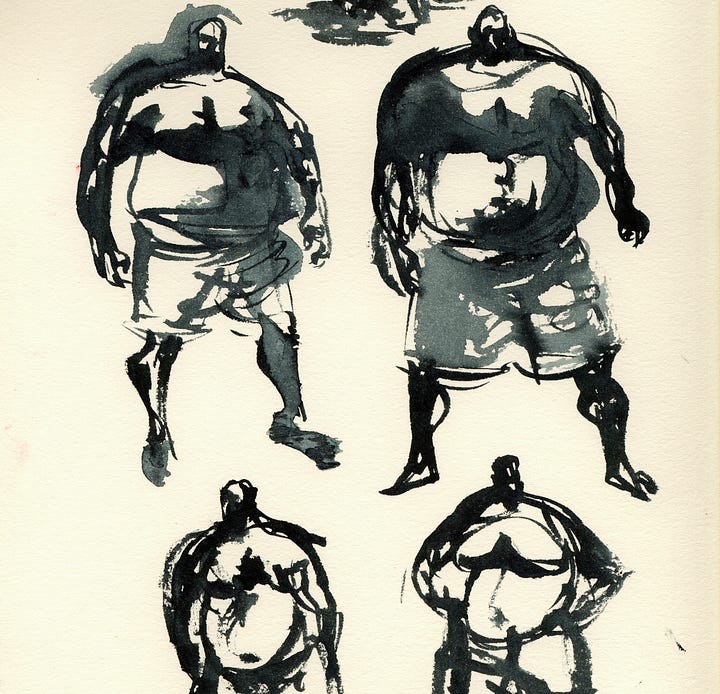
The real question we should ask is why use massive resources, wreaking environmental damage to build horrible products nobody needs. Give people access to immersive digital media, new tools that expand our visual knowledge about light, space, texture and form and let us create the products that will inform, delight, and inspire our culture, rather than flatten creativity with a technology that asks words to make pictures.




